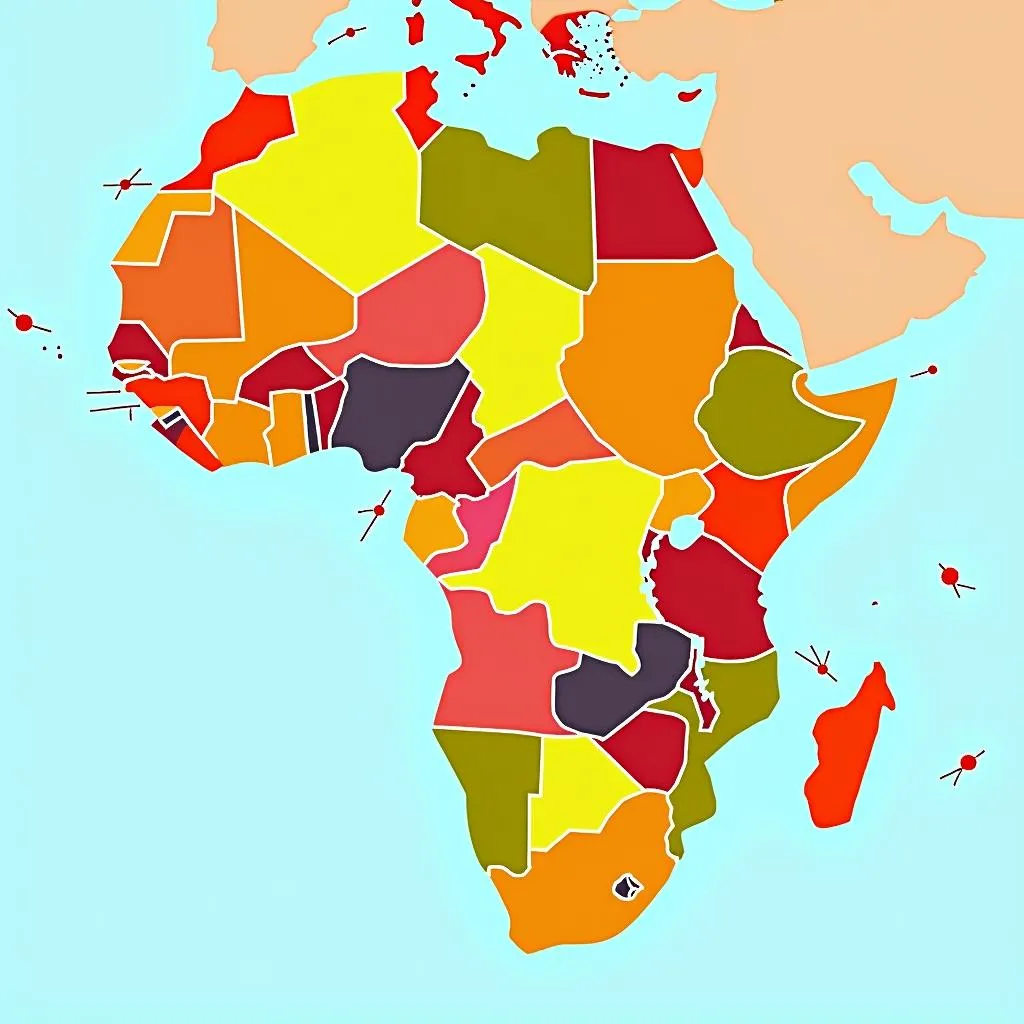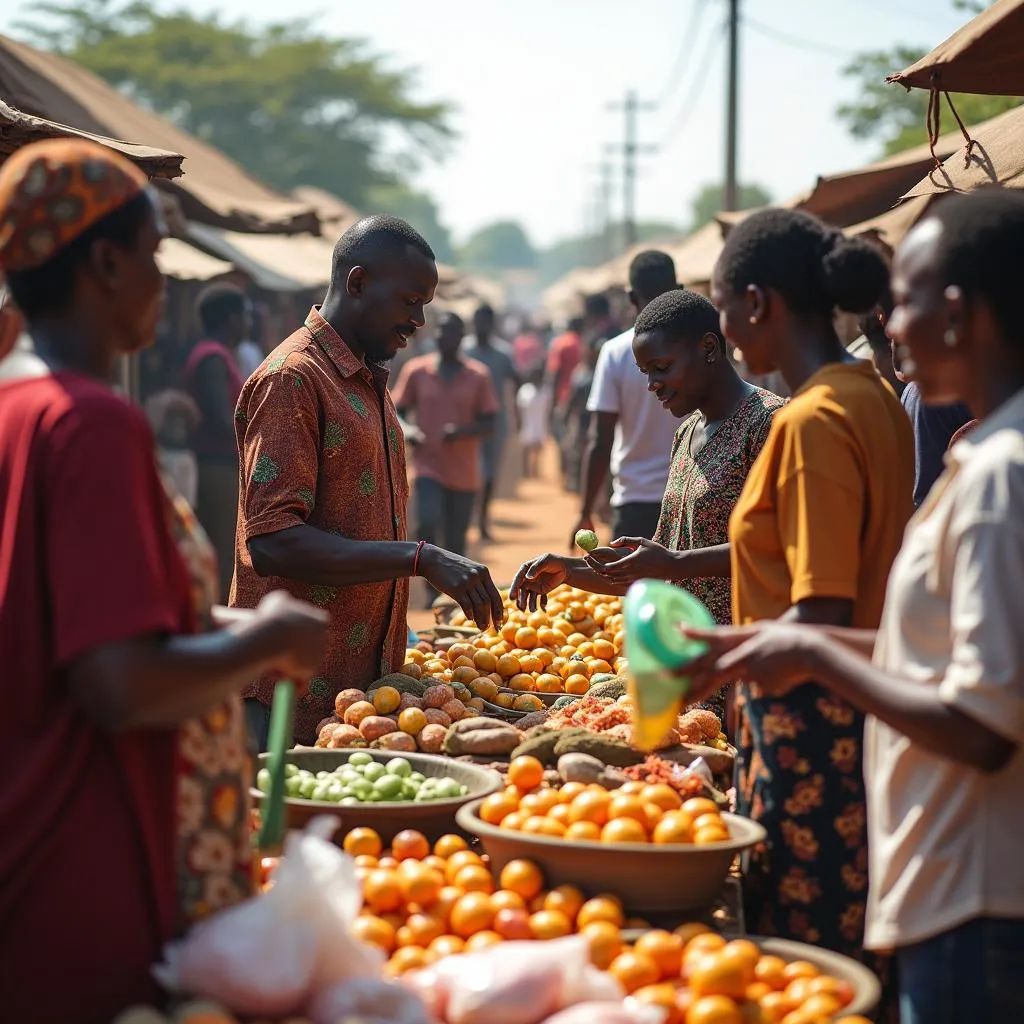Unveiling the Significance of African Border Vectors
African Border Vectors are more than just lines on a map. They represent the complex historical, political, and cultural tapestry of the continent. Understanding these demarcations is key to comprehending the multifaceted nature of Africa and its diverse nations.
Navigating the Historical Context
The current borders of Africa are largely a legacy of the colonial era, drawn during the “Scramble for Africa” in the late 19th and early 20th centuries. European powers carved up the continent with little regard for existing ethnic, linguistic, or cultural boundaries. This arbitrary division led to numerous challenges, including internal conflicts, inter-state disputes, and hindered economic development.
The Importance of African Border Vectors Today
In today’s interconnected world, accurate and detailed African border vectors are crucial for various applications:
- Mapping and GIS: From tracking natural disasters to managing resources, accurate border data is essential for effective geographic information systems (GIS).
- Political Science and International Relations: Studying border disputes, regional integration efforts, and political geography requires precise border information.
- Economic Development and Trade: Understanding trade flows, transportation networks, and economic zones necessitates accurate border demarcation.
- Education and Research: African border vectors are invaluable resources for educators, researchers, and students exploring the continent’s history, geography, and culture.
 Africa Political Map
Africa Political Map
Choosing the Right African Border Vector Data
Selecting the appropriate African border vector data depends on the specific needs of the user. Several factors to consider include:
- Scale and Resolution: Different applications require varying levels of detail. Large-scale maps may only need generalized borders, while detailed analysis demands high-resolution vectors.
- File Format Compatibility: Ensure the chosen vector format is compatible with the software or platform being used. Common formats include shapefiles (.shp), GeoJSON (.geojson), and KML (.kml).
- Data Accuracy and Reliability: Verify the source of the border data and its accuracy. Reputable sources often provide metadata outlining the data’s origin and quality control measures.
Beyond Lines on a Map: Understanding the Human Impact
While African border vectors are essential tools for numerous applications, it’s crucial to remember they represent much more than just geographical divisions. They impact the lives of millions of people daily.
“Borders in Africa are often porous, with communities living on either side sharing cultural ties and economic activities,” observes Dr. Abena Agyeman, a leading scholar in African Studies at the University of Ghana. “Understanding this complex reality is vital when utilizing border data.”
 African Border Community
African Border Community
Conclusion
African border vectors provide a valuable lens through which to view the continent’s history, politics, and socio-economic dynamics. These digital demarcations are crucial for diverse fields, from mapping and research to economic development and education. As we utilize this data, it’s imperative to acknowledge the human stories intertwined with these lines on a map and strive for a deeper understanding of the complexities they represent.